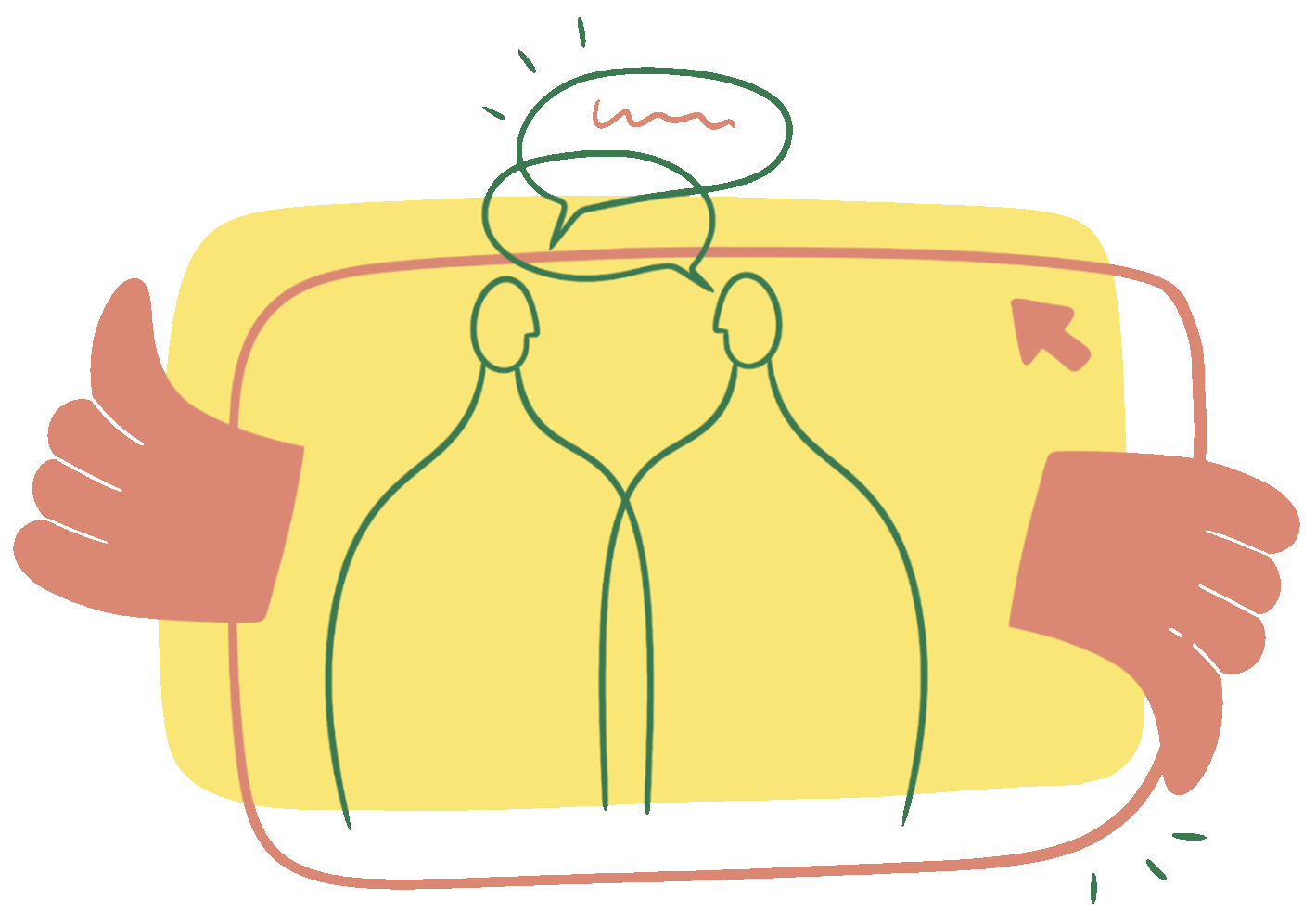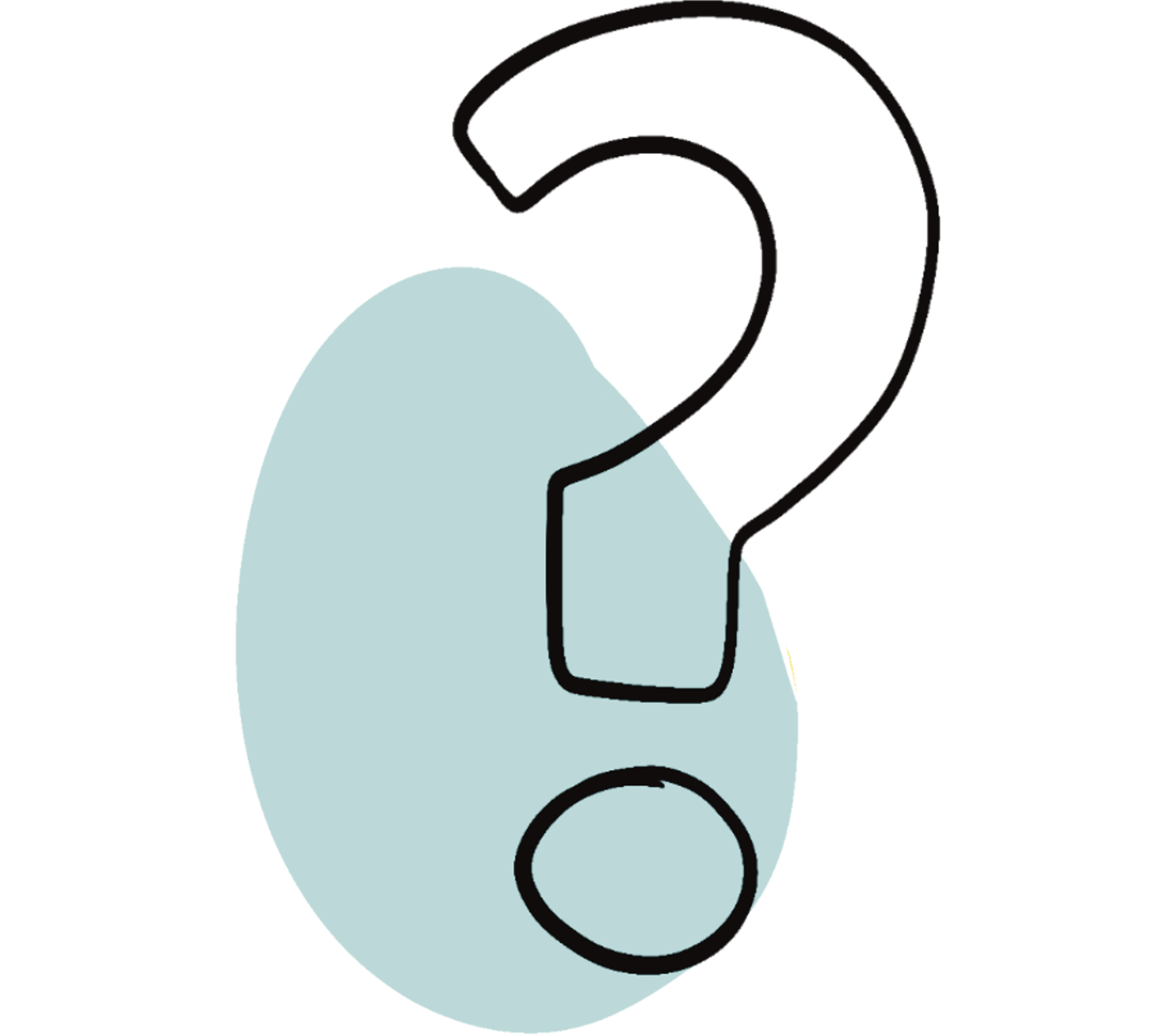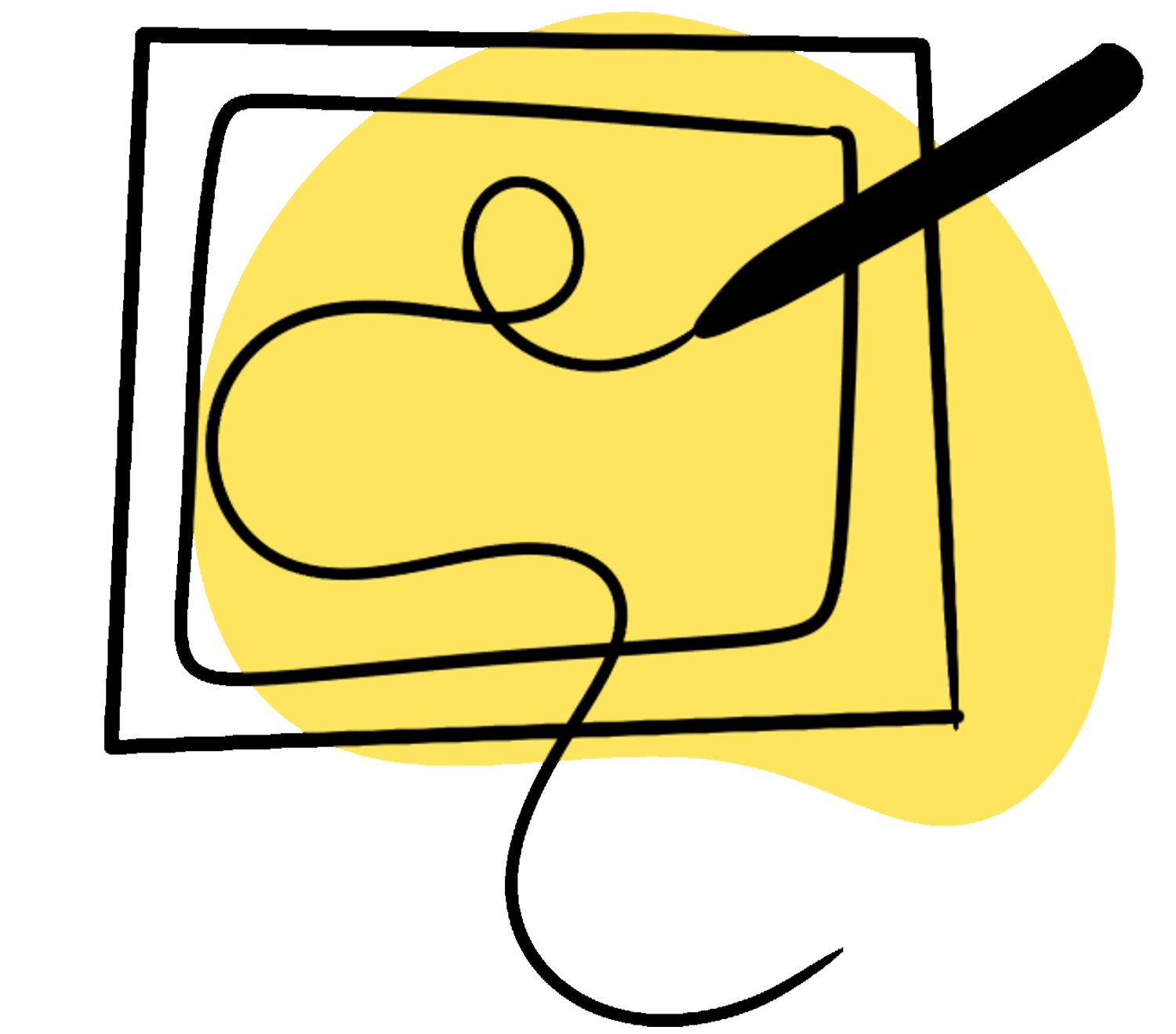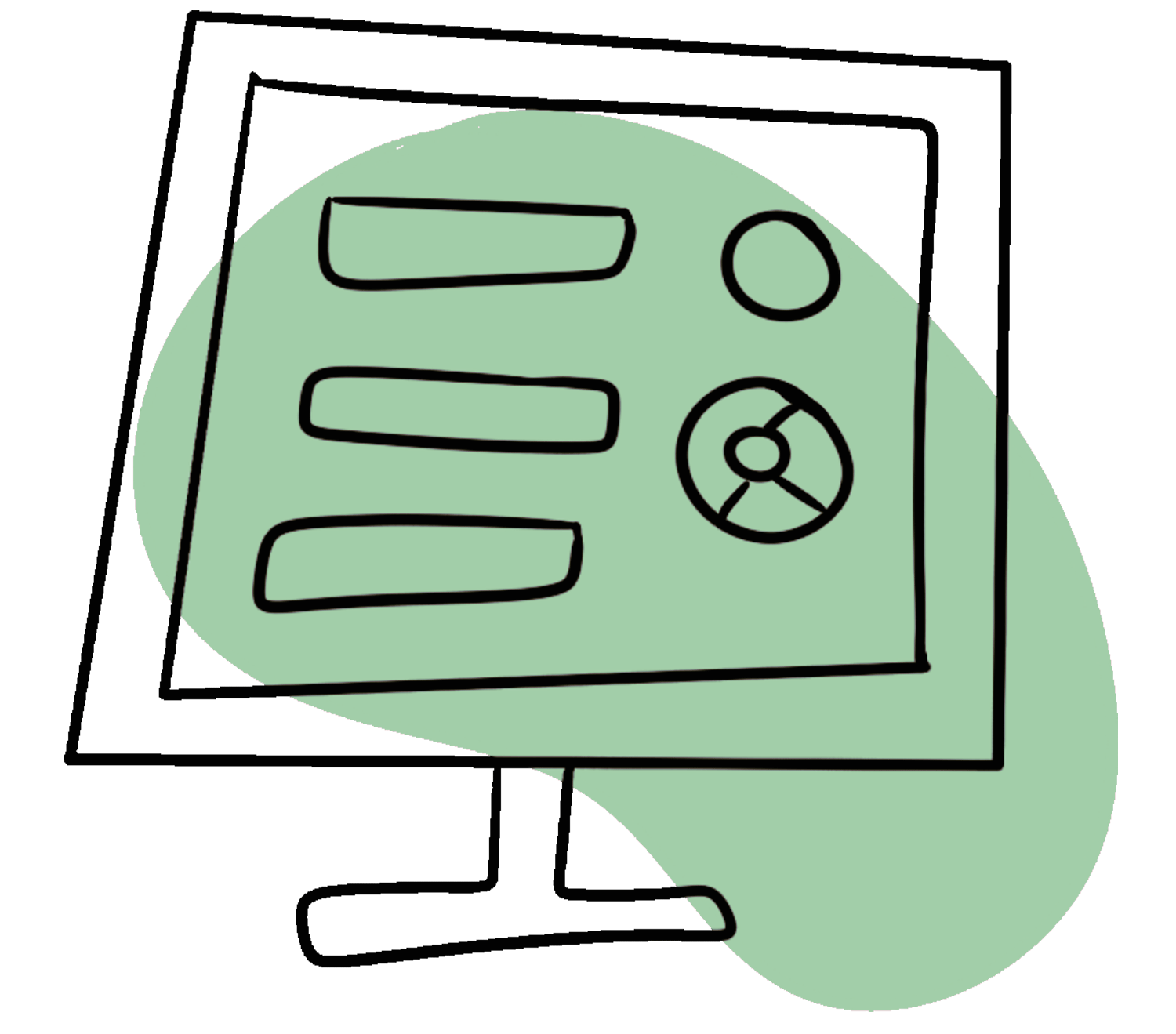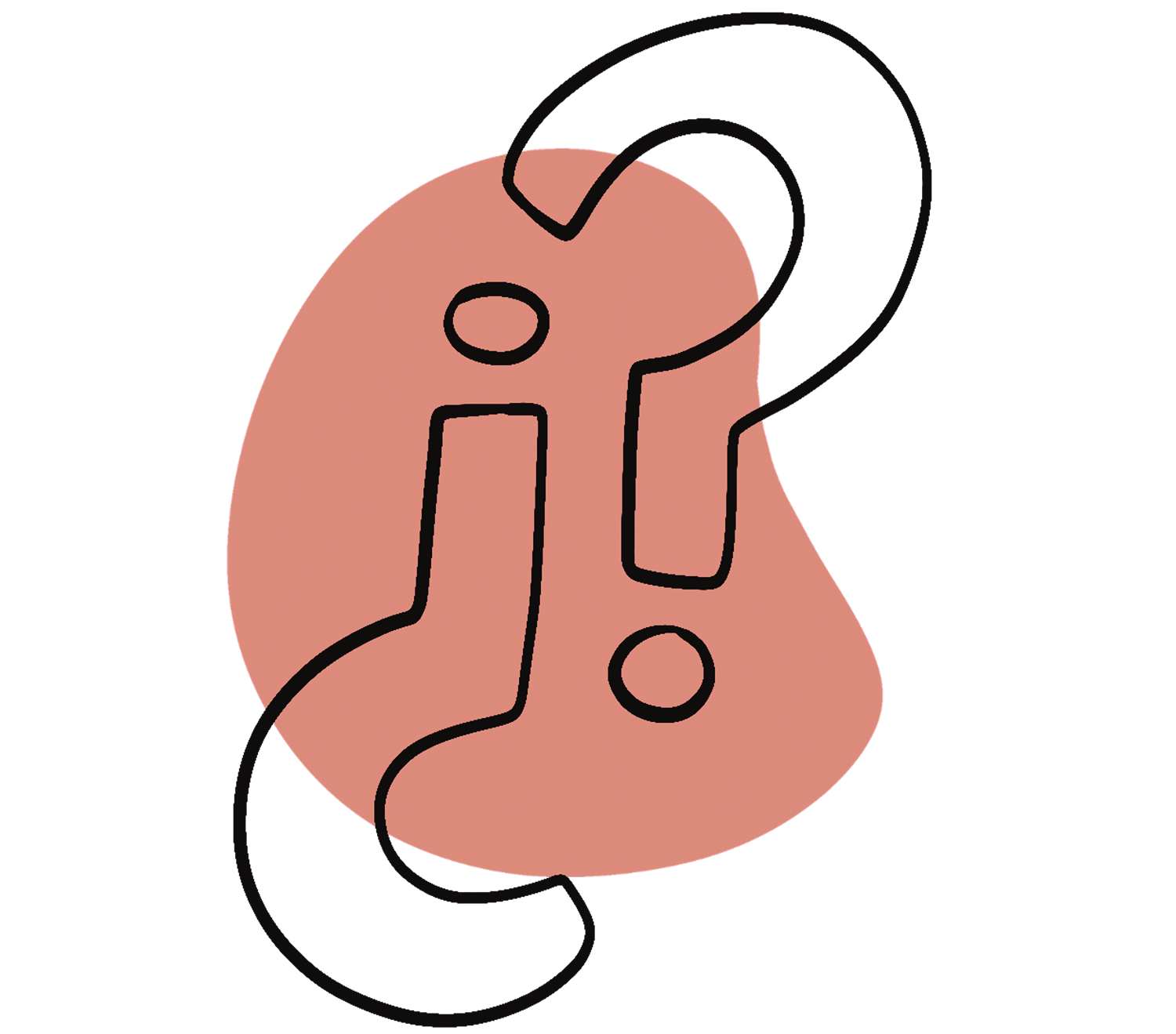After you have chosen a topic you want to work on in your academic paper, you still need to develop a specific research question – in other words, narrow down your topic to a clear focus.
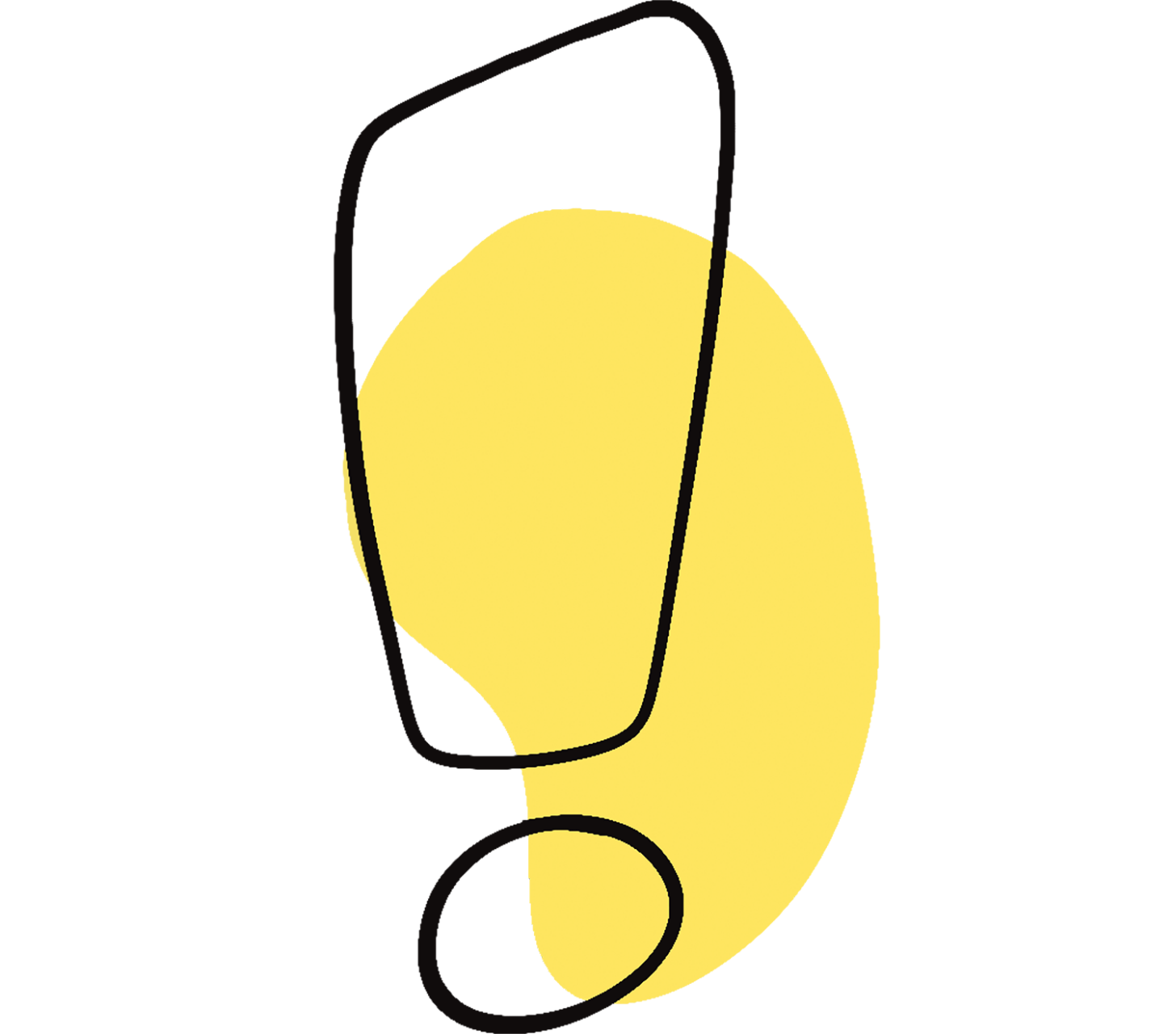
A good research question is usually:
- worded as an actual question
- clearly recognizable as a research question (possibly with sub-questions)
- short and concise
- interesting for you as the author
- relevant to the topic
- still unanswered or disputed
- an opportunity to formulate a thesis and prove it
- clearly identifiable in the introduction of your academic work
A poor research question is:
- easy to answer if you can quickly look up the answer or cite a single source
- irrefutable because the answer is obvious or a matter of opinion
- impossible to prove because no data is available or data cannot be collected
- too broad because it is impossible to cover the most important sources and aspects within the given time or length
- Look at the following example to understand what each narrowing criterion means.
- Fill in the subsequent blank narrowing table. You do not have to complete it in the given order, and you do not have to find something for every point.
Topic area “Burnout as a consequence of capitalism?” (cf. Grieshammer et al. 2012).
| Selected aspects: | Specific narrowing options: |
| Narrowing criteria |
|
| Time limitation |
|
| Geographical limitation (cities, countries, institutions etc.) |
|
| Setting priorities, with special consideration of … |
|
| By groups of people |
|
| By disciplines and research methods |
|
| Limiting the sources |
|
| By theoretical approaches |
|
| Establishing relationships and comparisons |
|
| Emphasising a single case or example |
|
| Giving an overview |
|
| Specifying practical relevance |
|
| Selected aspects: | Specific narrowing options: |
| Narrowing criteria | |
| Time limitation | |
| Geographical limitation (cities, countries, institutions etc.) | |
| Setting priorities, with special consideration of … | |
| By groups of people | |
| By disciplines and research methods | |
| Limiting the sources | |
| By theoretical approaches | |
| Establishing relationships and comparisons | |
| Emphasising a single case or example | |
| Giving an overview | |
| Specifying practical relevance |
These questions can help you continue working with the completed narrowing table:
- On which point did you have the most ideas?
- Which criterion do you find important but found difficult to fill in?
- What exactly do you mean by XY?
- What could be the main focus of your topic?
- Which narrowing criteria could be combined? What belongs together for you?
After revising the table, you can:
- explore one aspect of your concept in a cluster or a freewriting session
- sketch a first outline
- develop one or more preliminary research questions
- note keywords for your research
Literature: Grieshammer, Ella; Liebetanz, Franziska; Peters, Nora; Zegenhagen, Jana (2019): Zukunftsmodell Schreibberatung. Schreibberatung lohnt sich. Eine Anleitung zur Begleitung von Schreibenden im Studium. Baltmannsweiler: Schneider Verlag Hohengehren.
How does a narrowing table help me?
With the narrowing table, you can narrow down your topic according to specific categories, which gives you ideas for formulating your research question.
What makes a good research question?
A good research question is the guiding question for your academic work – it should be worded as an actual question, written in a short, concise and interesting way, and should be disputed and relevant to the topic.
This article was published in August 2025 and last updated in December 2024.

